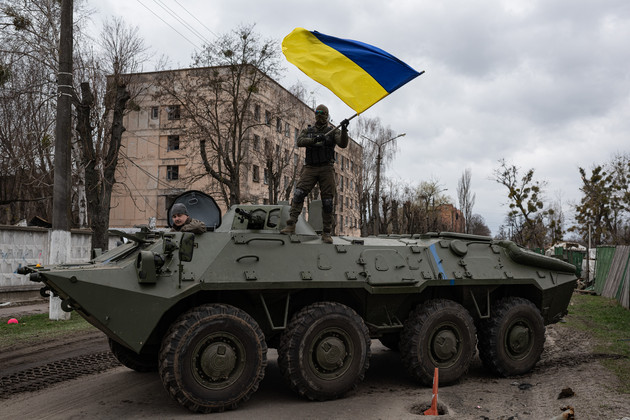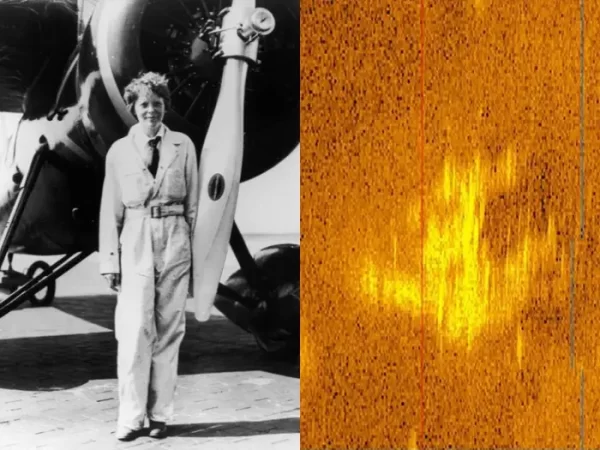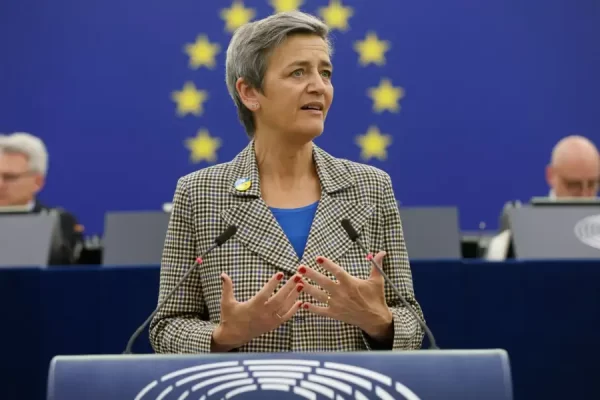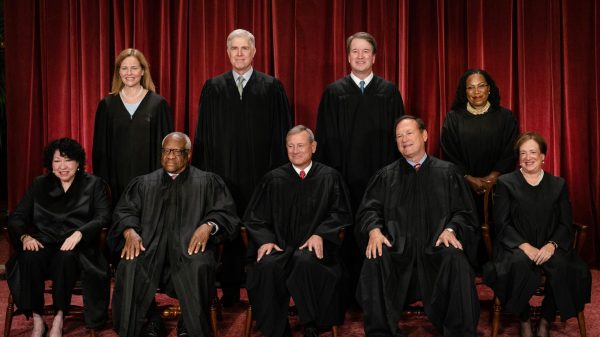A year in war: Ukraine broken down
Russian infantry divisions bombarded the Ukrainian city of Odesa and its surrounding regions with dozens of missile strikes on Feb. 24, 2024. This event officially began the Russian invasion of Ukraine.
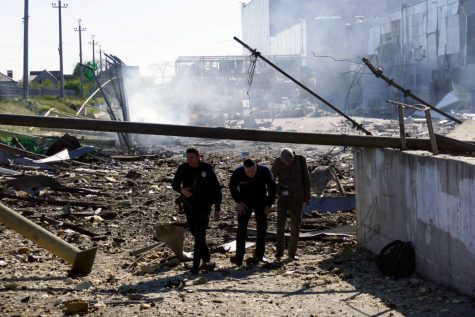
Ever since, the conflict has been defined by global intervention, Europe’s biggest refugee crisis since World War II, international political tension, and the culmination of centuries of history.
In the early morning hours of Feb. 24, 2022, Russian
President Vladimir Putin announced a “special military operation” and “effectively declared war on Ukraine”.
This marked the biggest escalation of the Russo-Ukrainian War, in the history of the conflict, and saw the first major battle of the war occur when Russia captured the Anatov airfield north of Kyiv.
In 2014, Russia invaded and captured crucial strategic sites in the Crimea Region of Ukraine where a handful of militia groups swear loyalty to the Russian Federation and supported the annexation of the entire nation.
The rest of Ukraine and the vast majority of the international community condemned Russia’s actions, considering them a violation of international law.
However, neither Russia, Ukraine, nor their respective allies risked escalating the conflict, resulting in an eight-year-long stalemate. The world watched as the tension grew.
Putin broke the silence in December of 2021 when he issued a list of demands for the western military alliance called the North Atlantic Treaty Organization (NATO).
These came in the form of an eight-point draft treaty that demanded that NATO withdraw any military presence from eastern Europe, and ban Ukraine from ever becoming a member.
When these requests went ungranted, Russia adopted a less pragmatic approach.
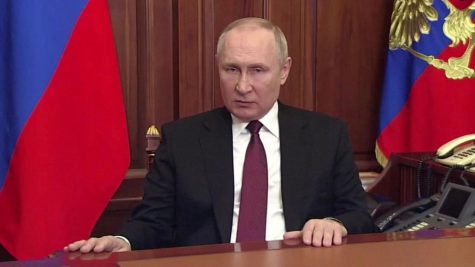
The military began massing troops near the border between Crimea and sovereign Ukraine, as well as in the Russia-friendly Belarus. Historically, these types of actions are a premonition of impending war. The world braced for an invasion.
On the eve of the attack, Putin delivered an address on television. He asserted that Ukraine is vital to the history and culture of the Russian people, falsely claiming that the current Ukrainian government is a puppet regime run by Nazis. Finally, he declared that he was sending “peacekeeping forces” into Ukraine, officially commencing the invasion.
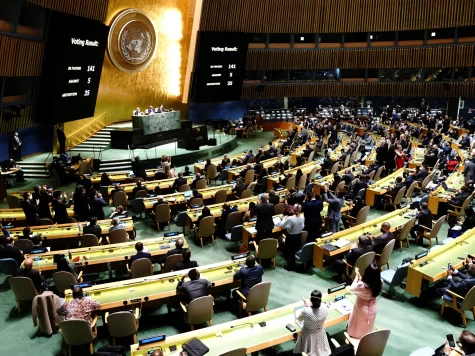
The United Nations (UN) General Assembly rushed to address the issue. They eventually resolved to condemn Russia’s invasion, demand they cease their presence in Ukraine, and suspended it from the UN Human Rights Council.
Countries across the world imposed economic sanctions on Russia, restricting or outright banning trade relationships with the country.
None of these actions managed to halt. In the hopes of a quick victory, Russian forces advanced on Kyiv, the capital of Ukraine, a city whose history is at the core of this conflict.
The Russian Empire began in Kyiv in the year 1721 and expanded from there. This period forged cultural, historical, and economic ties between all of the modern nations which it included. This persisted into the early 1900s when the Russian Revolution transformed the country into the Soviet Union.
The Soviet Union collapsed in 1991, and all its republics formed their own governments, including Ukraine, which besides Russia, was the most populous and industrialized of the new nations. Not only that, but since the Russian Empire began in the country, it was the home of Russia’s cultural heritage.
Putin, a KGB officer at the time, refers to the Soviet Union’s collapse as the greatest tragedy of the twentieth century and it was one of his most significant justifications for the invasion.
He also felt Russia’s autonomy was threatened by former Soviet Union nations forming stronger diplomatic and economic ties with western nations, particularly by joining NATO, which he wanted to prevent Ukraine from doing.
All of this history would have been irrevocably altered if Kyiv had fallen, but with international support, the comparatively weaker Ukrainian forces fended off the attack and forced Russian troops to retreat.
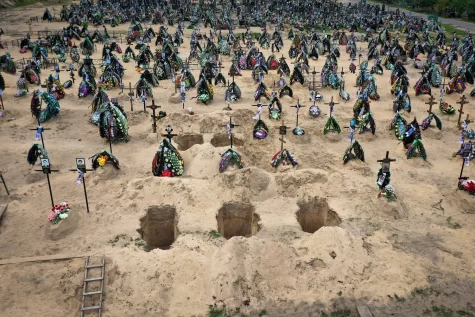
In spite of this victory, the war was not without its tragedies. Most notably, the Bucha atrocities.
Mass graves filled with the corpses of civilians murdered by the Russian army were left behind across the country. At least 30,000 innocent people died, caught in the crossfire of battles on the ground and attacks on civilian targets. The death toll for Ukrainian and Russian soldiers was even higher.
Over 13,000 Ukrainian soldiers were killed in action, along with over 130,000 Russian soldiers according to the Ukrainian military. However, military officials in the United States and the United Kingdom estimate their death toll could be over 200,000.
Over 13 million people have fled to safer regions of Ukraine or other European countries, over 50 percent of them being children, spawning the continent’s biggest refugee crisis since World War II.
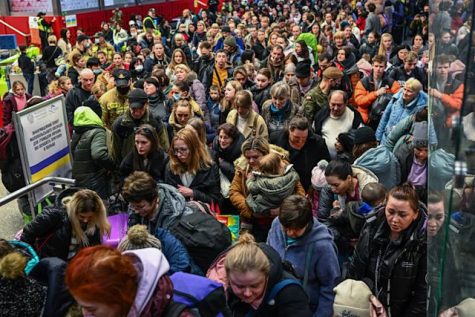
The European Union (EU) scrambled to provide humanitarian aid to countries in need. The crisis has put significant strain on nations accepting refugees, especially with their immigration systems. The rush to provide shelter and necessities to those in need continues to take a toll on their economies.
The financial burdens of the conflict reach far beyond the refugee crisis.
Both Russia and Ukraine were major providers of trade and resources. Since Ukraine is under attack and Russia has economic sanctions imposed on them, prices have skyrocketed. Grains are in short supply, gasoline prices fluctuated, and the cost of energy increases. This exacerbated the existing crisis of inflation around the world and introduced even more uncertainty into an already fragile economy still reeling from the COVID-19 pandemic.
Despite the dire circumstances of the war, many people are standing up to support Ukraine.
Since the beginning of the war, $116 billion in humanitarian aid has been sent to Ukraine from governments across the world, along with $50 billion contributed by independent organizations and civilians.
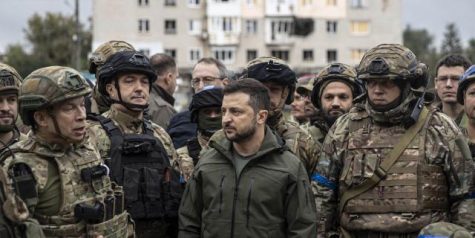
The funding continues to allow the Ukrainian military to fend off attackers and sustain its population’s well-being.
Many have stayed to defend the country’s independence as well as its inhabitants, with over 500,000 military personnel in the Ukrainian military consisting of staff, reserve forces, and volunteer fighters, including over 2,000 from outside Ukraine.
With them is Ukrainian President Volodymyr Zelenskyy, whose leadership during the war earned him the title of Time’s 2022 Person of the Year.
Zelenskyy’s career came from unlikely origins.
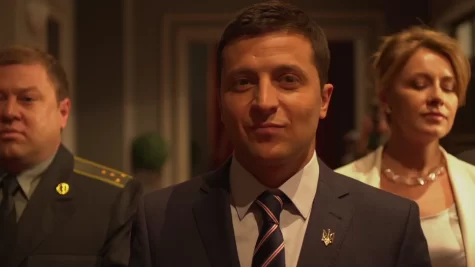
Zelenskyy initially gained popularity through his starring role in a Ukrainian TV series he created, ‘Servant of the People.’ This show satirized Ukrainian political corruption and sparked a viral movement and political party to elect Zelenskyy as President.
With over 70 percent of the second-round vote and the support of the new Servant of the People political party, Zelenskyy was elected President of Ukraine on April 21, 2019.
The primary goal of his presidency was to eliminate corruption within Ukraine, but Putin used claimed to eliminate Ukrainian’s corrupt government and justified the invasion, along with numerous other tactics to control information, highlighting the difference between him and Zelenskyy.
Putin created fear and instability to assert control over the Russian population, military, and global powers. He did this by threatening the use of nuclear weapons if western nations interfered in the conflict.
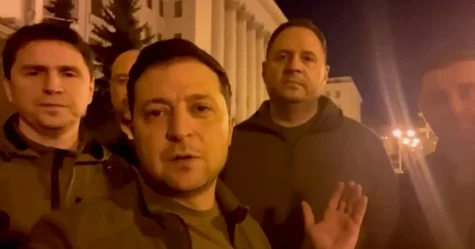
During these threats, Zelenskyy visited and spoke with soldiers on the front lines, and remained in the country despite the threat to his safety, which he highlighted in his now famous “We’re here” video on Feb. 25, 2022.
The only times Zelenskyy has left Ukraine have been to negotiate for support from national leaders such as President Biden in the U.S., Prime Minister Rishi Sunak in the U.K, and President Emmanuel Macron in France.
As world leaders attempted to address the conflict, battles continued in Ukraine.
Less than 48 hours after the invasion began, 100,000 Ukrainians were at the Polish border attempting to seek refuge from the ongoing battles, especially in the city of Mariupol.
Russia disregarded their agreement to allow refugees to evacuate and began the Mariupol attack on March 9, 2022, when a missile was launched at the city’s maternity hospital.
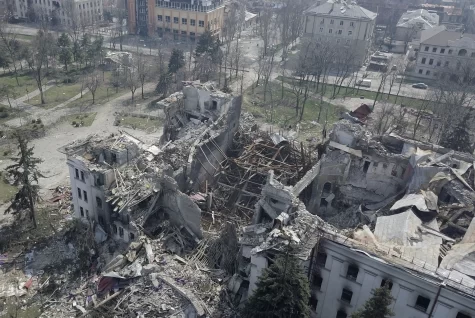
This was followed by the Mariupol theater bombing where an estimated 1,300 people took shelter while the city was being sieged. 600 people were killed in this attack, but Russia denied its involvement. This was one of many senseless attacks on civilian targets.
Not all was lost for Ukraine, as its military obtained a major naval victory on April 14, 2022, with the sinking of the Moskva, the flagship of Russia’s Black Sea fleet.
Despite this, Mariupol was not free from attack. The battles at its steel plant saw Ukrainian fighters resisting Russian advances against the odds. Ukrainian forces eventually surrendered and were registered as prisoners of war.
In September, Russia fled from the Kharkiv region which they previously attempted to annex. The Russian government claimed the withdrawal was simply an attempt to regroup. The initial intention of the Russian military was to swiftly take Kyiv and annex the entirety of Ukraine. Having failed to do so, Russia began a partial mobilization, drafting over 200,000 soldiers to fight in Ukraine, which incited unprecedented protests.
Another major blow was delivered to Russia with the Crimea bridge attack, but they responded with attacks on Ukrainian power facilities, depriving many of the country’s people of power and water in an event called the Kyiv blackout.

With improved morale and motivation, Kherson, a southern Ukrainian city, was liberated from Russia’s attempted annexation by Ukrainian soldiers and civilian fighters on November 12, 2022. A city that was declared by Putin himself to be Russian territory was freed.
Instead of the near-immediate victory Putin hoped for, Russia and Ukraine are now entrenched in a prolonged military conflict that has irrevocably hurt the economies of both nations, and made the world more dangerous.
Putin’s quest to restore the Soviet Union to its former glory has thus far been halted by civilians, leaders, freedom fighters, and the international community standing together for Ukraine.
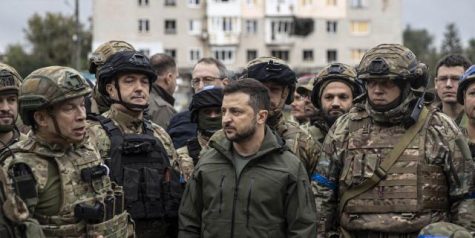
Ukrainian officials believe the war is far from over, and expect a large offensive in the next few months.
However, what was once believed to be a lost cause to defend the freedom of over 40 million people and prevent a threat to the rest of the world has continued to this day. One year later, Ukraine still stands.

